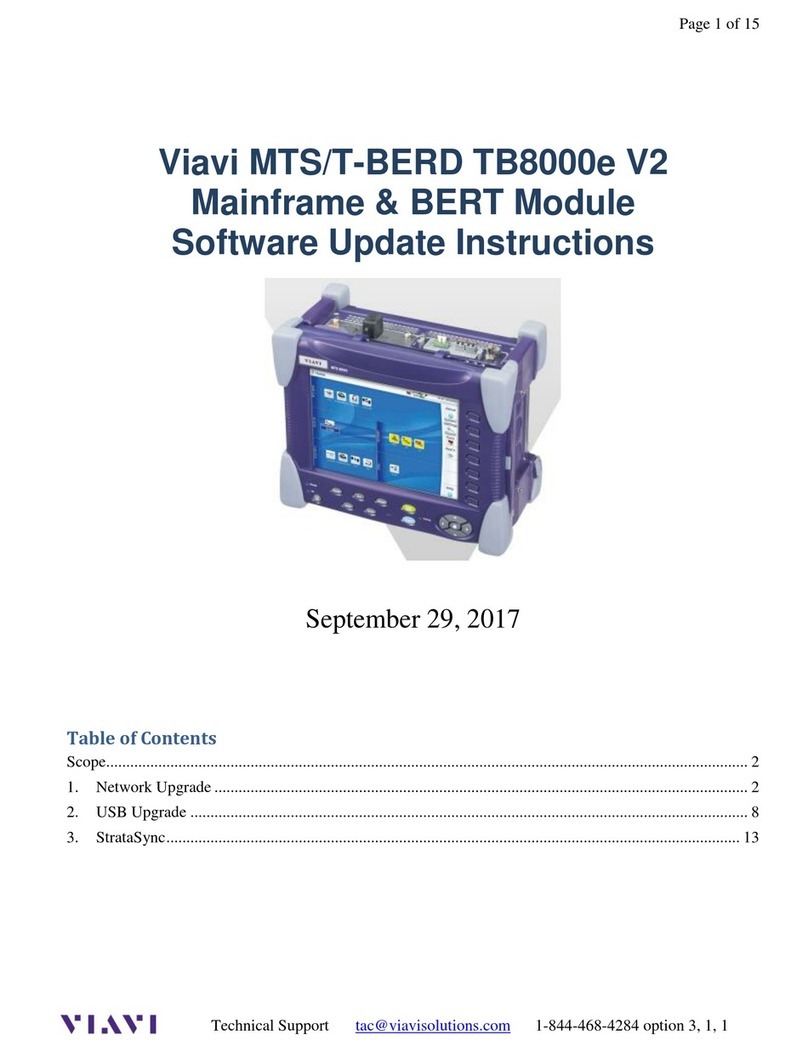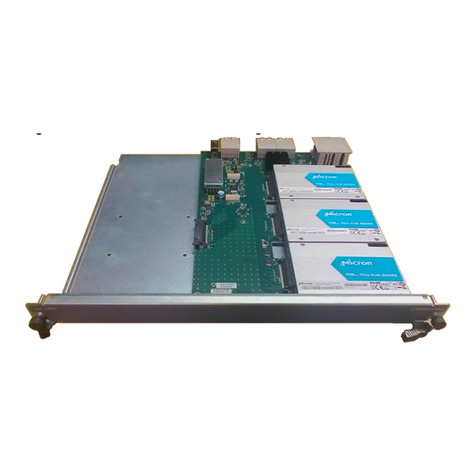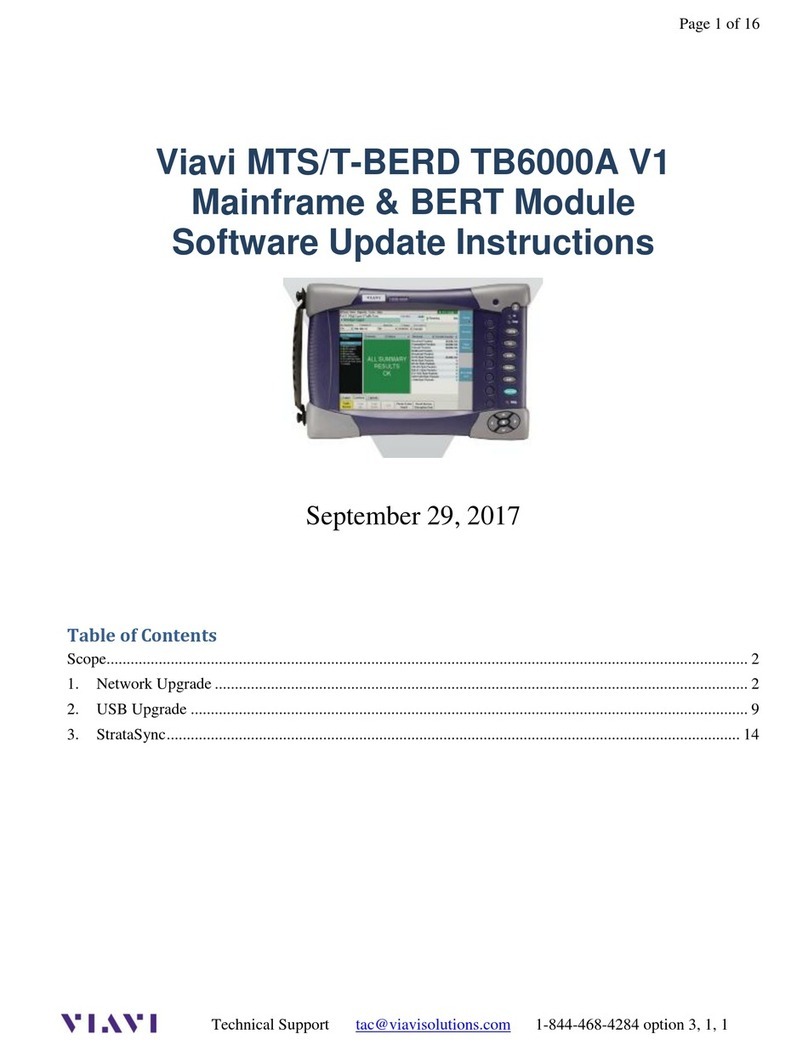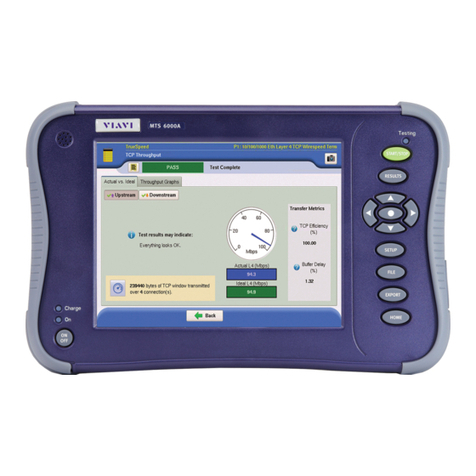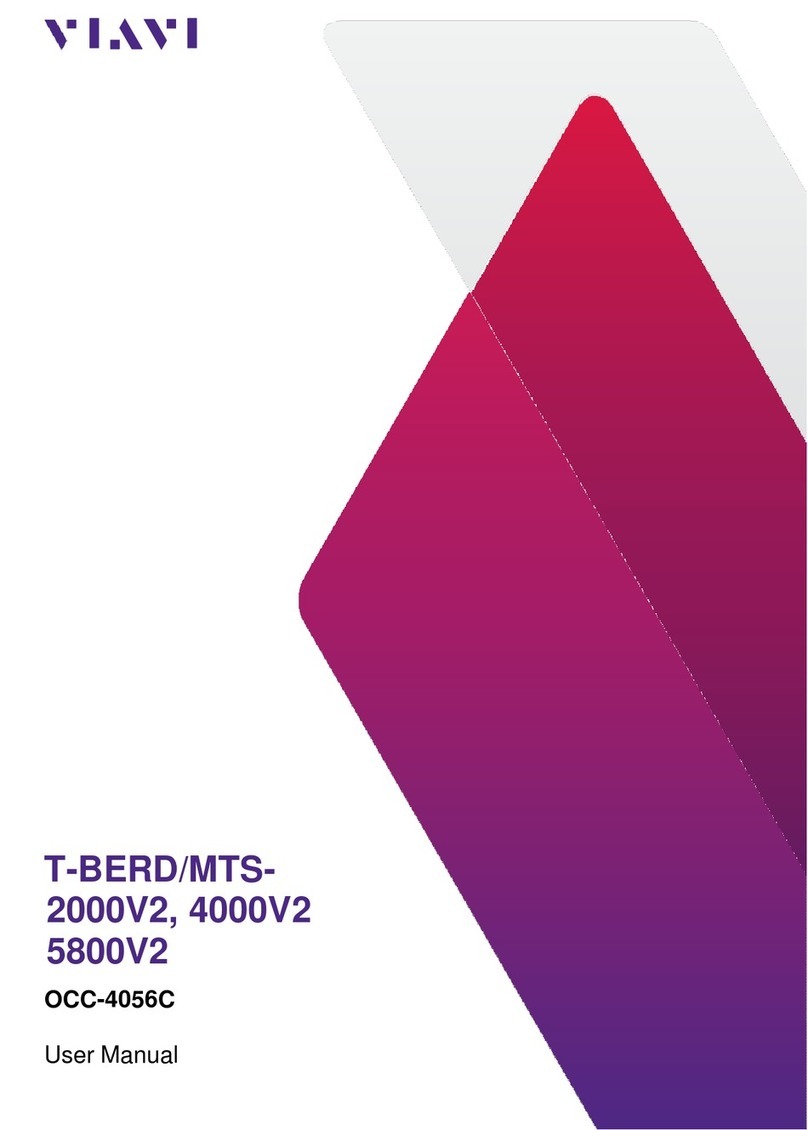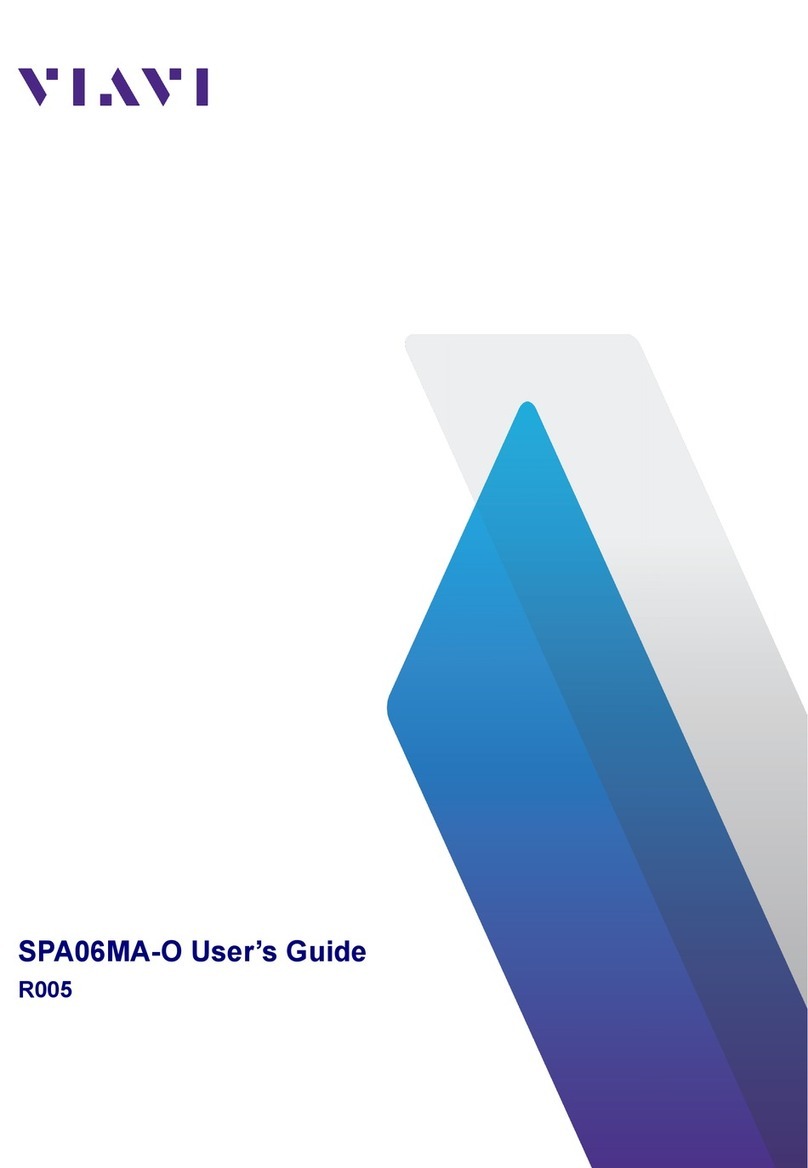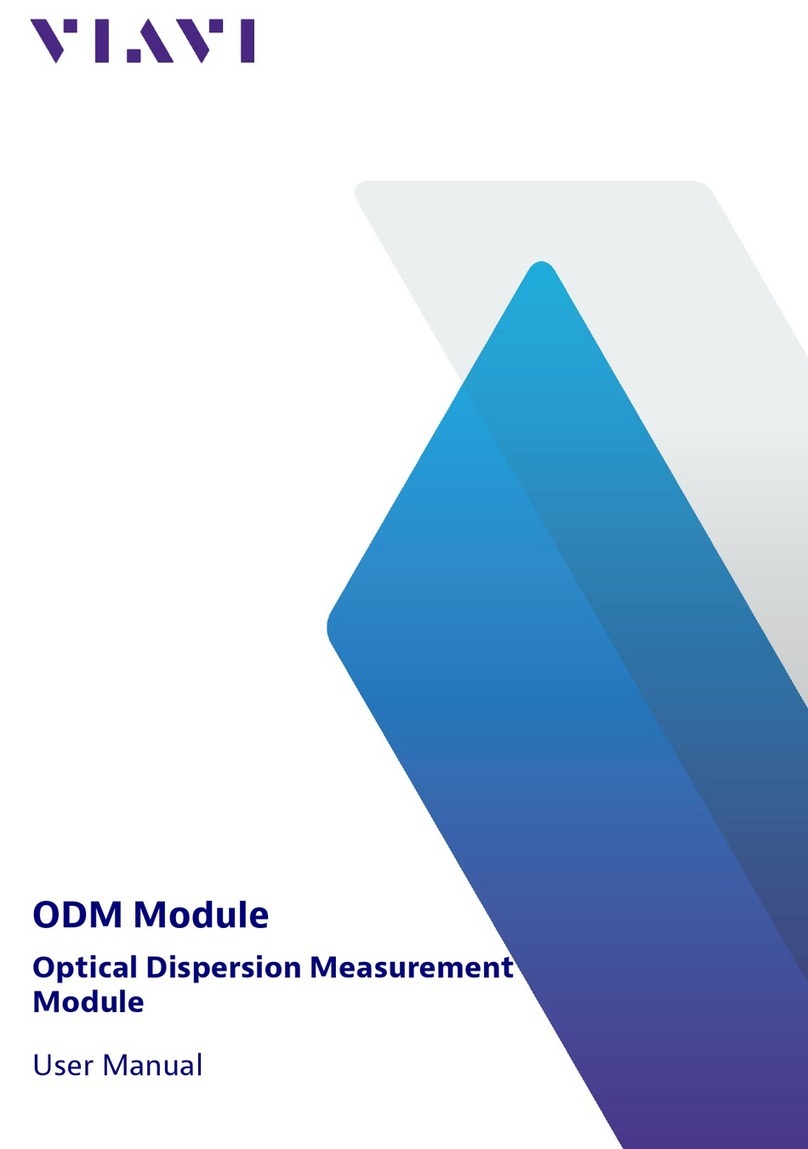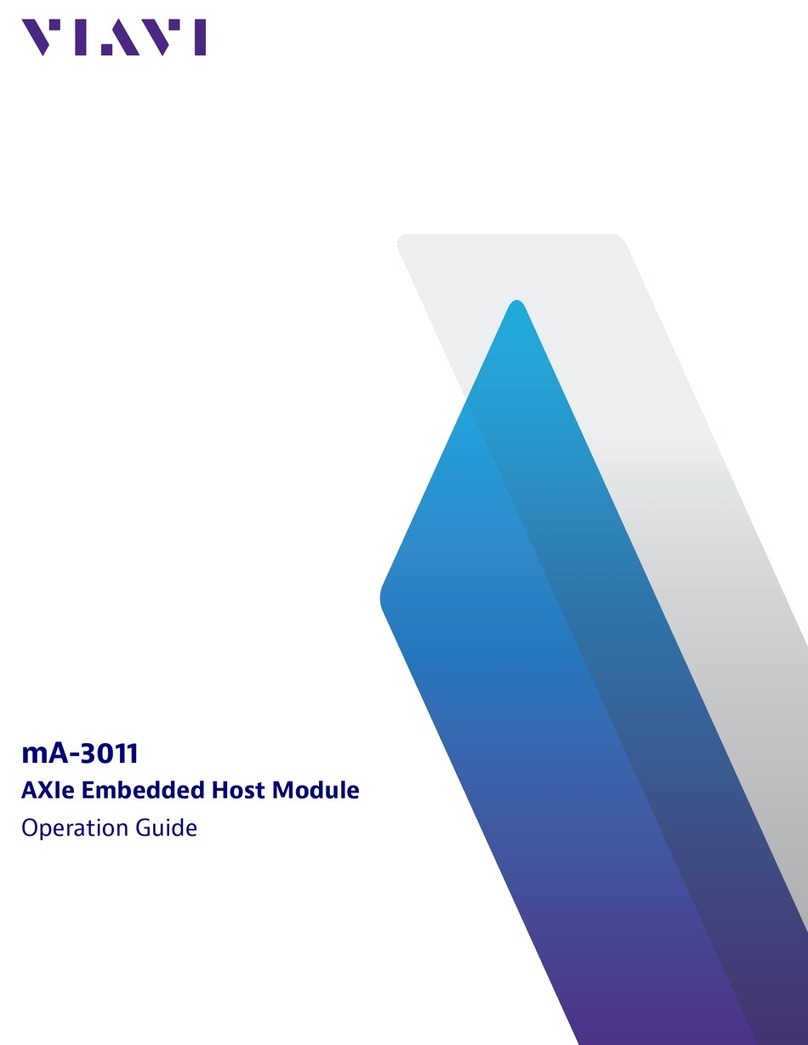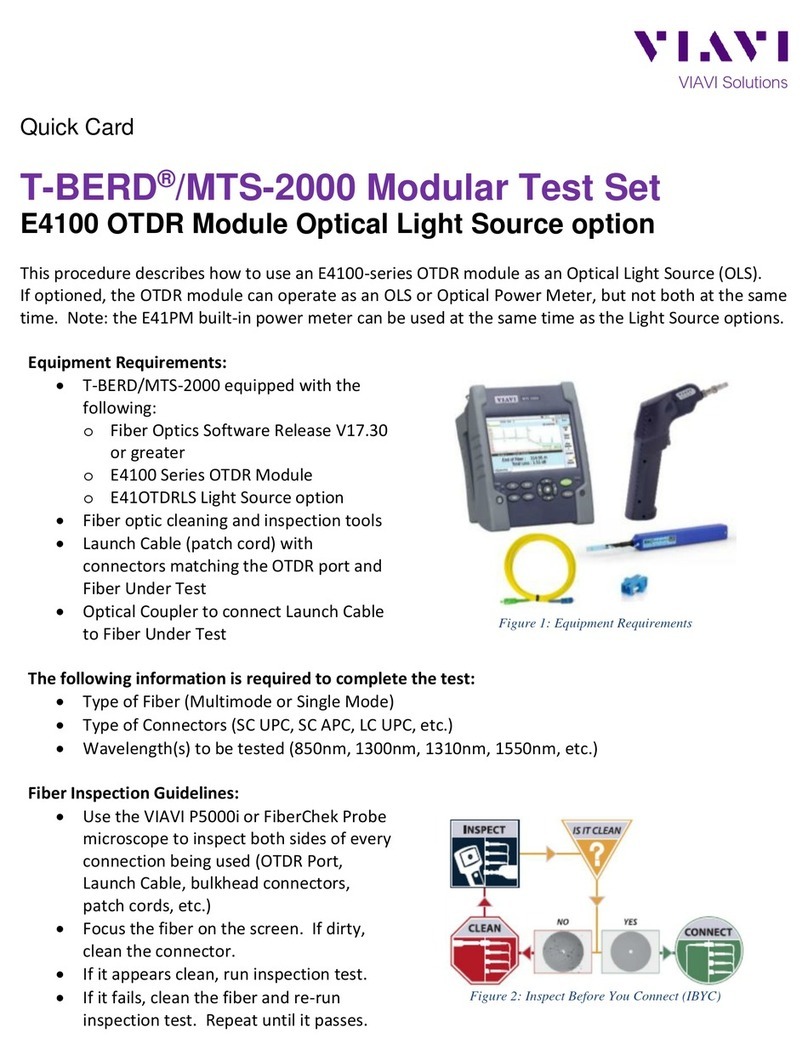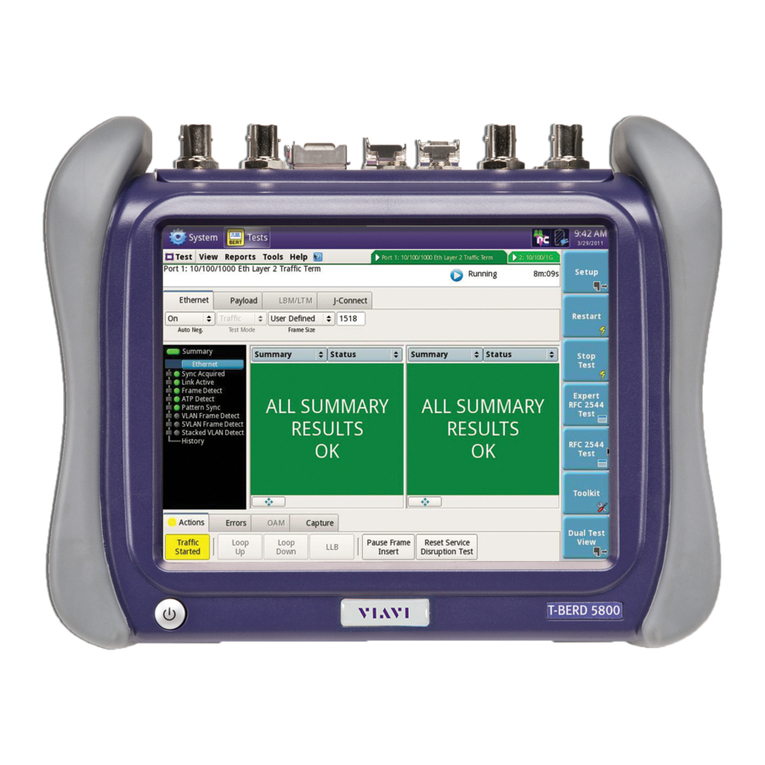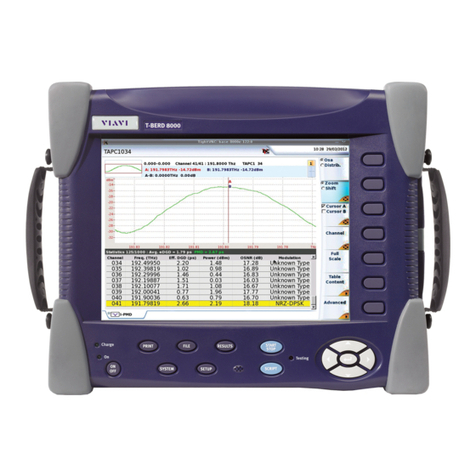
Data Communications and Diphase Testing Manual
January 2016 21148872, Rev. 002 Page iii
Le présent appareil est conforme aux CNR d'Industrie Canada applicables aux appar-
eils radio exempts de licence. L'exploitation est autorisée aux deux conditions suiva-
ntes: (1) l'appareil ne doit pas produire de brouillage, et (2) l'utilisateur de l'appareil doit
accepter tout brouillage radioélectrique subi, même si le brouillage est susceptible d'en
compromettre le fonctionnement.
This Class A digital apparatus complies with Canadian ICES-003.
Cet appareil numérique de la classe A est conforme à la norme NMB-003 du Canada.
FCC Notice
This equipment has been tested and found to comply with the limits for a Class A digital
device, pursuant to Part 15 of the FCC Rules. These limits are designed to provide
reasonable protection against harmful interference when the equipment is operated in
a commercial installation. This equipment generates, uses and can radiate radio
frequency energy and, if not installed and used in accordance with the instructions, may
cause harmful interference to radio communications. Operation of this equipment in a
residential area is likely to cause harmful interference, in which case, the user will be
required to correct the interference at this own expense. However, there is no guar-
antee that interference will not occur in a particular installation.
This device complies with Part 15 of the FCC Rules. Operation is subject to the
following two conditions: (1) This device may not cause harmful interference, and (2)
This device must accept any interference received, including interference that may
cause undesired operation. This device contains FCC-ID: POOWMLC40.
If this equipment does cause harmful interference to radio or television reception, which
can be determined by turning the equipment off and on, the user is encouraged to try
to correct the interference by one or more of the following measures:
•Reorient or relocate the receiving antenna.
•Increase the separation between the equipment and receiver.
•Connect the equipment into an outlet on a circuit different from that to which the
receiver is connected.
•Consult the dealer or an experienced radio/TV technician for help.
In order to maintain compliance with the limits of a Class A digital device ViaviViavi
requires that quality interface cables be used when connecting to this equipment. Any
changes or modifications not expressly approved by Viavi could void the user's
authority to operate the equipment.
The product is approved in accordance to R&TTE directive concerning transmitter
module marked by CE0678. It is manufactured by MITSUMI and it is an OEM product.
WEEE and Battery Directive Compliance
Viavi has established processes in compliance with the Waste Electrical and Electronic
Equipment (WEEE) Directive, 2002/96/EC, and the Battery Directive, 2006/66/EC.
This product, and the batteries used to power the product, should not be disposed of
as unsorted municipal waste and should be collected separately and disposed of
